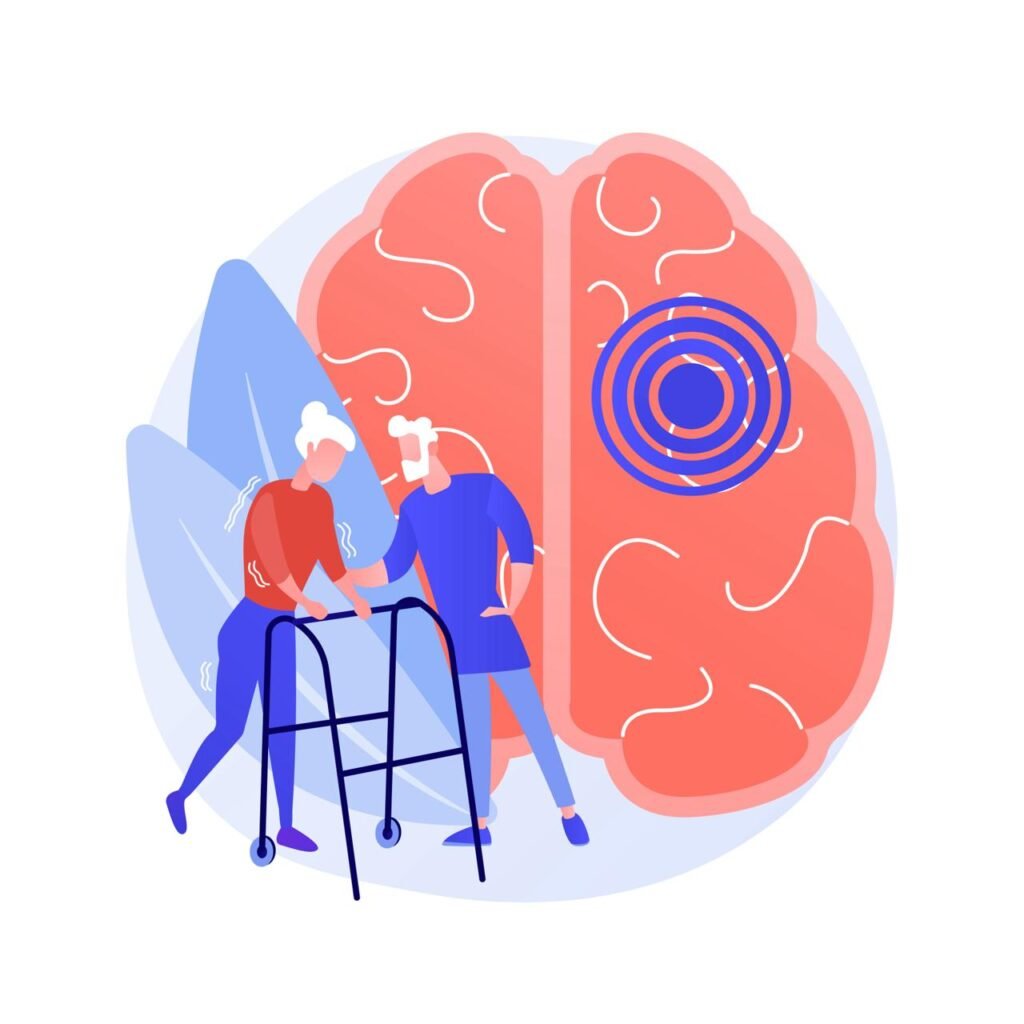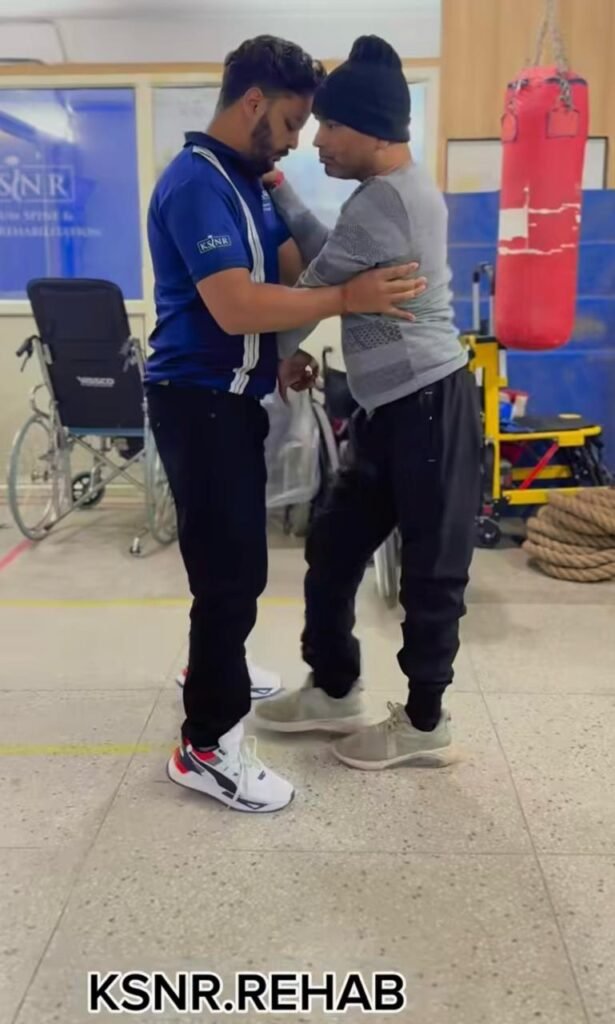Stroke also known as cerebrovascular accident (CVA), is a serious medical condition that occurs when blood flow to a part of the brain is disrupted, leading to damage to brain cells.
This disruption in blood flow can result from a blockage in artery supplying blood to the brain (ischemic stroke) or from the rupture of a blood vessel leading to bleeding into or around the brain (hemorrhagic stroke).

Stroke symptoms vary depending on the location and extent of brain damage but some of the most common symptoms are:
- Sudden numbness or weakness in the face, arm, or leg especially on one side of the body.
- Speech may become slurred, or the person may face difficulty understanding others.
- The person may suddenly have blurred or blackened vision in one or both eyes.
- A sudden severe headache with vomiting, dizziness and a change in consciousness may be symptom of stroke.
- A sudden onset of confusion or difficulty understanding what is happening around them.
Immediate medical attention is very crucial for stroke treatment. It is advisable to seek medical care as soon as you notice any symptom as some treatments are most effective when given right away after stroke. Also getting medical help quickly can reduce brain damage and other complications and can improve the recovery.
Some of the treatment options for stroke may include:
- Intravenous clot-busting medication
- Mechanical thrombectomy
- Surgical interventions or endovascular procedures
- Rehabilitation therapies
Role of Rehabilitation after Stroke
Recovery after stroke is a journey that requires patience, dedication, and comprehensive rehabilitation. Rehabilitation aims to help individuals regain lost abilities, relearn skills, and adapt new challenges following a stroke. There are various components involved in the rehab process such as:

- Physical Rehab/therapy
- Occupational Therapy
- Speech and Language Therapy
- Cognitive Rehabilitation
- Technology-assisted Rehabilitation
Rehab after a stroke often begins as soon as the individual’s medical condition is stable. Early intervention is crucial to capitalize on the brain’s neuroplasticity and maximize the chances of recovery. A comprehensive approach to rehab addresses physical, cognitive, emotional, and social aspects of recovery. Each step forward in rehab journey brings renewed hope and possibilities for a brighter future after stroke.
-By Virendra Vikram Singh (PT)

